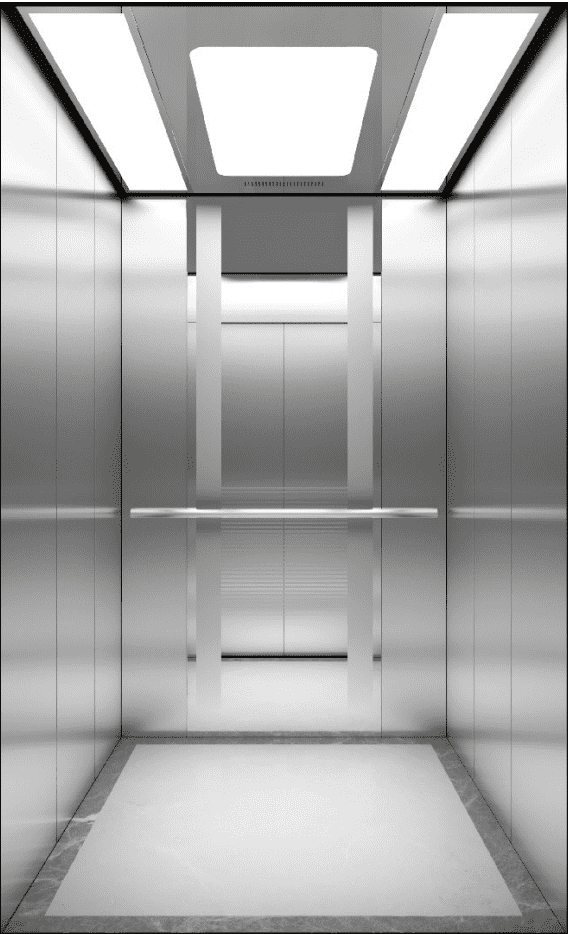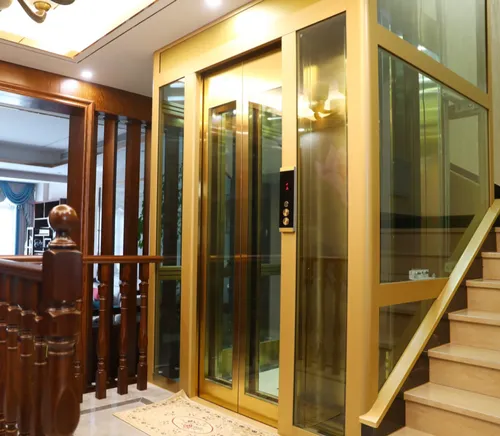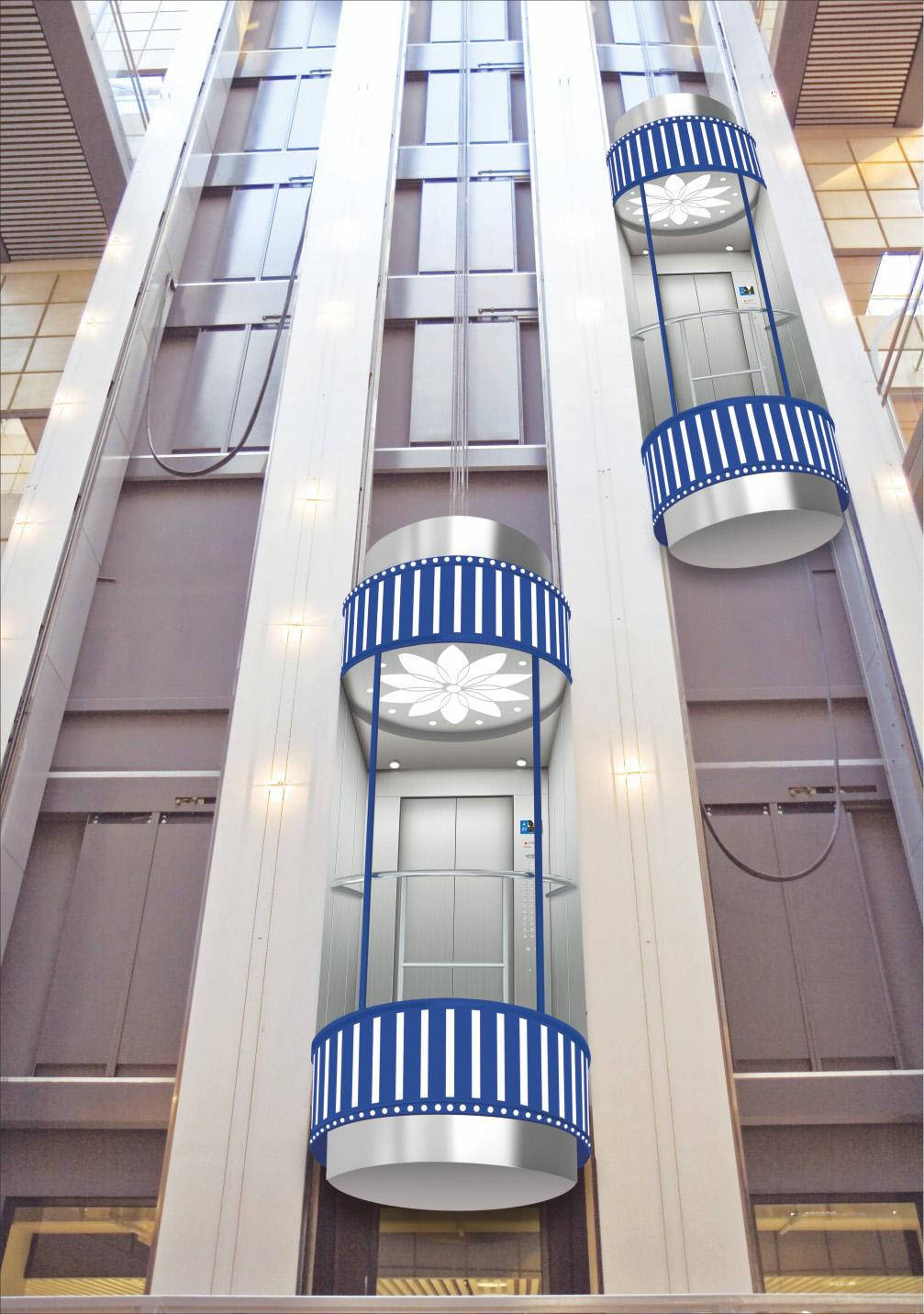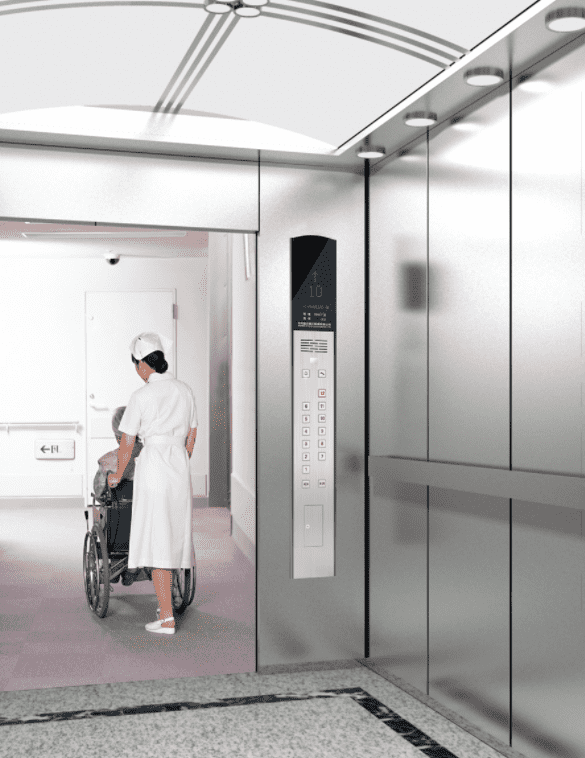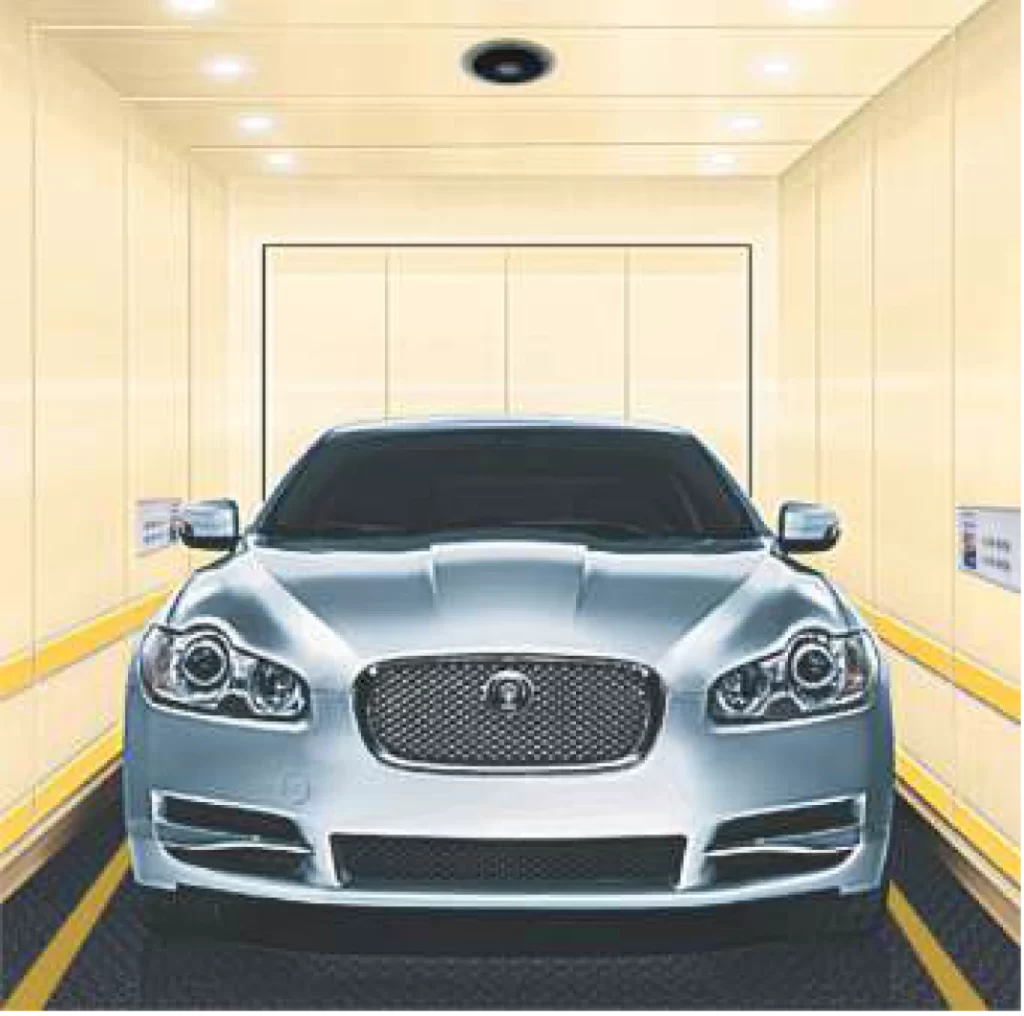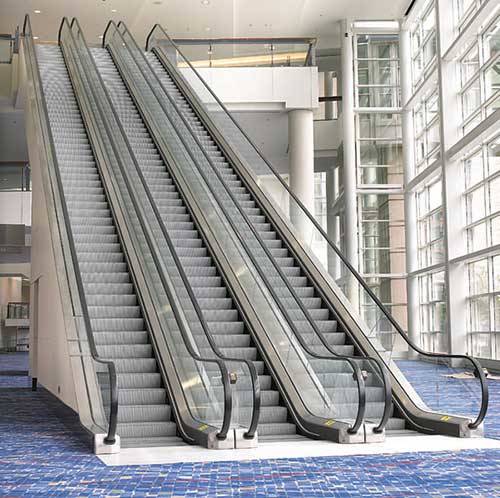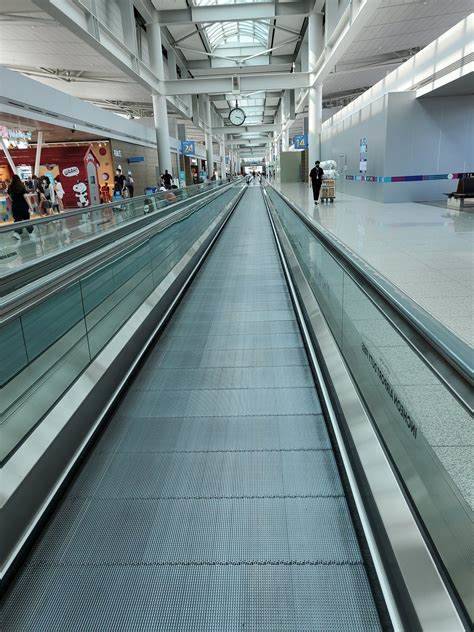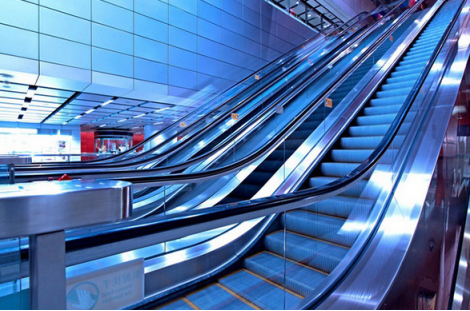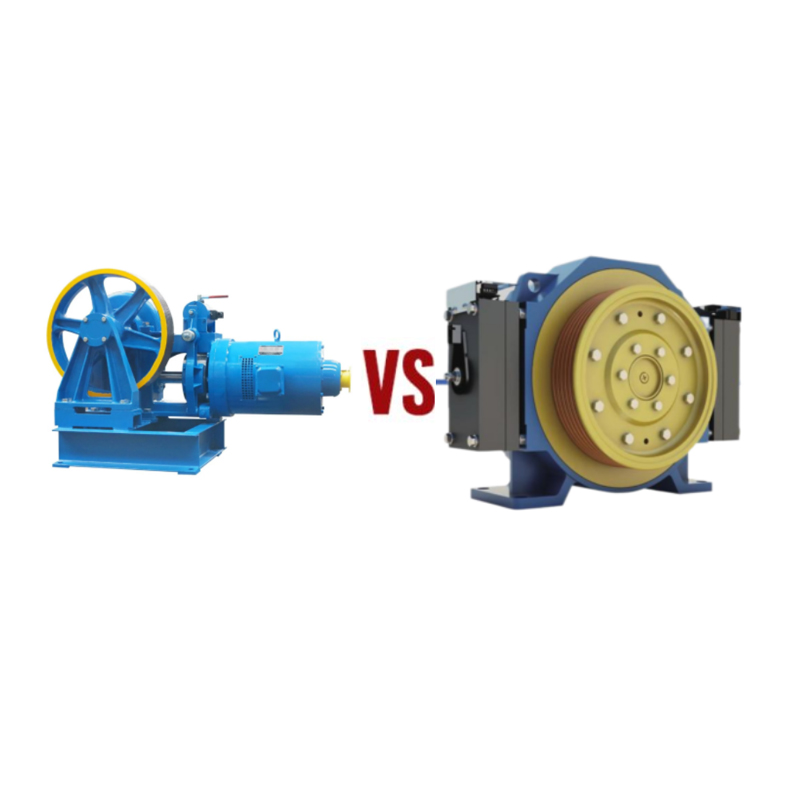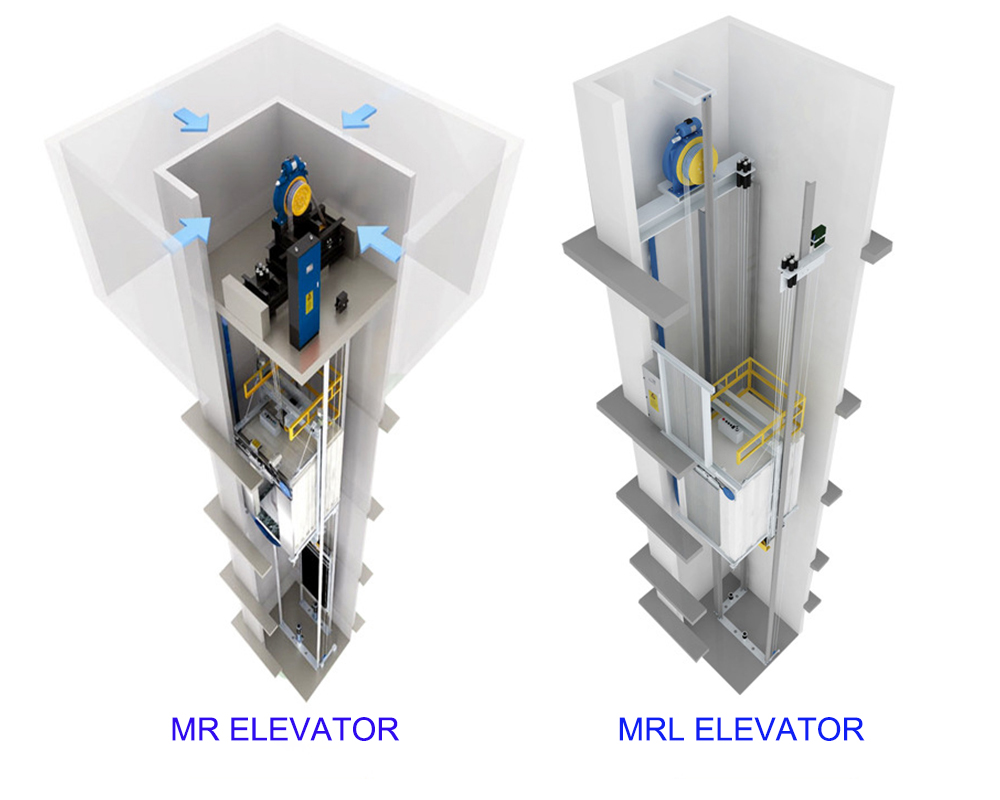Traction Elevator Vs Hydraulic Elevator
When selecting an elevator for a building, understanding the differences between traction and hydraulic elevators is crucial. These two types of elevators operate on distinct principles, have varying structural components, and are suitable for different building heights and applications. Each comes with its own set of advantages and challenges in terms of energy consumption, cost, maintenance, and comfort. This article will explore the key differences between traction and hydraulic elevators, providing insights to help you make an informed decision for your specific needs.
Table of Contents
- What is Traction elevator?
- What is hydraulic elevator?
- Types of Traction Elevators
- Types of Hydraulic Elevators
- How does traction elevator work
- How does hydraulic elevator work
- Applications and Building Height
- Energy Consumption and Efficiency
- Installation and Maintenance
- Cost and Budget
- Comfort and Noise Level
- Safety and Emergency Handling
- The Best Elevator For Your Building?
What is Traction elevator?
 A traction elevator is a type of elevator that uses cables, a counterweight, and an electric motor to lift and lower the elevator car. The motor turns a sheave (pulley) that moves the cables, enabling the elevator to travel vertically. Traction elevators are commonly used in medium to high-rise buildings due to their efficiency over long distances.
A traction elevator is a type of elevator that uses cables, a counterweight, and an electric motor to lift and lower the elevator car. The motor turns a sheave (pulley) that moves the cables, enabling the elevator to travel vertically. Traction elevators are commonly used in medium to high-rise buildings due to their efficiency over long distances.
What is hydraulic elevator?
A hydraulic elevator is a type of elevator that uses a hydraulic piston and fluid pressure to lift and lower the elevator car. The system pushes the car up by pumping fluid into a cylinder, and the car descends as the fluid is released. Hydraulic elevators are typically used in low-rise buildings and are known for their simpler installation and lower cost.
Types of Traction Elevators
There are two main types of traction elevators:
Geared Traction Elevators: These elevators use a gearbox attached to the motor to drive the sheave. The gears allow for precise control of the elevator’s speed, making them suitable for mid-rise buildings. They are generally slower than gearless traction elevators but are often more cost-effective.
Gearless Traction Elevators: In these elevators, the motor directly drives the sheave without the use of gears, allowing for higher speeds and smoother operation. Gearless traction elevators are commonly used in high-rise buildings where fast and efficient vertical transportation is essential.
Both types rely on the same basic mechanism of using cables and counterweights, but the presence or absence of a gearbox and the resulting speed and efficiency are what distinguish them.
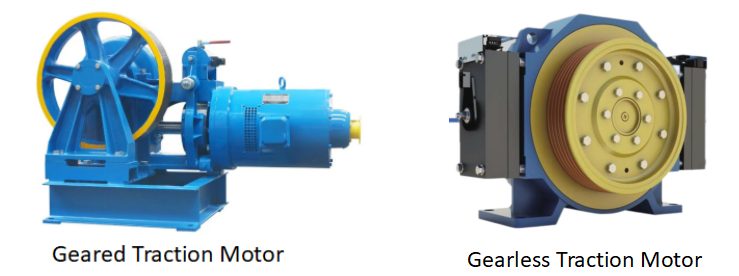
Types of Hydraulic Elevators
There are three main types of hydraulic elevators:
Conventional Hydraulic Elevators: These elevators use a hydraulic piston mounted in the ground directly beneath the elevator shaft. The piston pushes the elevator car up, and the car is lowered by releasing hydraulic fluid back into a reservoir. This type is common in low-rise buildings and typically requires a deep pit for the piston.
Hole-less Hydraulic Elevators: Hole-less hydraulic elevators use a pair of hydraulic jacks, one on each side of the car, which do not require a deep pit. Instead, the jacks extend upwards to lift the car. This design is suitable for buildings where digging a deep hole is not feasible, making it ideal for retrofits or buildings with limited space.
Roped Hydraulic Elevators: Roped hydraulic elevators combine a hydraulic jack with a system of ropes and a pulley. The ropes multiply the distance the car can travel, allowing the elevator to serve taller buildings than a standard hydraulic system would permit. This type allows for greater travel distance without the need for a deep piston hole, making it more versatile in certain applications.

How does traction elevator work?
Traction elevators operate using a system of cables and counterweights. An electric motor turns a sheave (a pulley) that moves the cables, lifting and lowering the elevator car. The counterweight helps balance the load, reducing the amount of energy needed to move the car. The traction system is typically more efficient for taller buildings, where the counterweight can help offset the car’s weight over long distances.
How does hydraulic elevator work?
Hydraulic elevators work by pushing the car up from below using a hydraulic ram, which is powered by a hydraulic pump. Fluid is pumped into a cylinder, pushing the piston up, which in turn lifts the elevator car. To lower the car, the fluid is released back into a reservoir, allowing the car to descend by gravity. Hydraulic elevators are more commonly used in shorter buildings due to limitations in the height they can efficiently lift.
Structure and Components
Traction Elevators: Key components include the motor, sheave, cables, counterweight, and the elevator car itself. The motor and sheave are usually located in a machine room above the elevator shaft. The counterweight system helps balance the car and improves energy efficiency.
Hydraulic Elevators:The main components are the hydraulic pump, fluid reservoir, cylinder, piston (or ram), and the elevator car. These elevators typically do not require a machine room above the shaft, as the machinery is often housed at the bottom near the elevator shaft. This can make them a more space-efficient option in some buildings.
Applications and Building Height
Traction Elevators:Traction elevators are best suited for medium to high-rise buildings, typically those with more than 5-6 floors. They are efficient over long distances, making them ideal for skyscrapers and other tall structures. Their ability to maintain a consistent speed over varying distances makes them versatile for a wide range of building types.
Hydraulic Elevators:Hydraulic elevators are generally used in low-rise buildings, usually those with 2-6 floors. They are often found in buildings where the elevator does not need to travel great distances, such as in low-rise offices, apartment buildings, and sometimes in private homes. Hydraulic systems can handle heavier loads, making them suitable for freight elevators in low-rise buildings.
Energy Consumption and Efficiency
Traction Elevators:Traction elevators are generally more energy-efficient, especially in taller buildings where the counterweight system can effectively balance the load. However, they do consume a significant amount of energy during peak usage, especially in fast-moving high-capacity systems. Regenerative drives are sometimes used to capture and reuse energy, improving efficiency.
Hydraulic Elevators:Hydraulic elevators typically consume more energy than traction elevators, particularly during the lifting process, as the hydraulic pump must exert significant force to push the car upwards. They are also less efficient during descent, as the system dissipates energy rather than reusing it. However, they consume no energy when the car is idle, which can be an advantage in low-traffic buildings.
Installation and Maintenance
Traction Elevators: The installation of traction elevators is more complex and time-consuming due to the need for a machine room and the precise alignment of cables and counterweights. Maintenance can also be more involved, requiring regular checks of the cables, motor, and other mechanical components. However, the systems are generally more durable over long periods.
Hydraulic Elevators:Hydraulic elevators are generally easier and quicker to install, as they do not require a machine room and have fewer moving parts. Maintenance is also simpler, primarily involving the hydraulic fluid and pump. However, hydraulic systems may require more frequent maintenance checks due to potential leaks and fluid degradation over time.

Cost and Budget
Traction Elevators:Traction elevators typically have a higher initial installation cost due to the complexity of the system and the need for a machine room. However, their longer lifespan and lower energy consumption can result in lower long-term operating costs, making them a cost-effective choice for taller buildings.
Hydraulic Elevators:Hydraulic elevators often have a lower initial installation cost, especially in low-rise buildings where a machine room is not required. However, their higher energy consumption and potential for more frequent maintenance can lead to higher long-term costs, particularly in buildings with heavy elevator traffic.
Comfort and Noise Level
Traction Elevators: Traction elevators generally offer a smoother and quieter ride, especially in modern systems with advanced motor controls and sound-dampening technologies. The ride quality is consistent, making them a preferred choice for buildings where comfort is a priority.
Hydraulic Elevators:Hydraulic elevators can be noisier due to the hydraulic pump and fluid movement, particularly during the lifting phase. The ride may also be less smooth compared to traction elevators, especially in older systems. However, advances in technology have improved the ride quality and reduced noise in many modern hydraulic elevators.
Safety and Emergency Handling
Traction Elevators:Traction elevators are equipped with various safety features, including emergency brakes, overload sensors, and backup power systems. In the event of a power failure, the counterweight system allows for a controlled descent. They also have more sophisticated emergency handling systems, which are critical in taller buildings.
Hydraulic Elevators:Hydraulic elevators also have safety features such as pressure relief valves and emergency lowering systems. In a power outage, the car can be safely lowered by releasing the hydraulic fluid, allowing passengers to exit. However, they may not have the same level of redundancy and emergency features as traction elevators, particularly in older models.

The Best Elevator For Your Building?
In summary, traction elevators and hydraulic elevators each have their own unique advantages and are suited for different types of buildings and applications. Traction elevators, with their efficient counterweight system and smooth operation, are ideal for medium to high-rise buildings, offering superior energy efficiency and comfort, albeit with higher installation costs. On the other hand, hydraulic elevators are better suited for low-rise buildings, providing a simpler, cost-effective solution with easier installation and maintenance, though they tend to consume more energy and generate more noise. The choice between the two often depends on factors such as building height, budget, energy considerations, and the specific needs of the building’s occupants.
At FUJIRISE, we not only provide the best type of elevator for your building, but we’re also renowned for our exceptional technical support and attentive after-sales service. Whether it’s for commercial buildings, residential complexes, or specialized applications, our team can deliver customized elevator design and installation services tailored to your needs. When you choose FUJIRISE, you’re choosing quality and peace of mind. Póngase en contacto con nosotros today ,Let us help you elevate every ride and reach greater heights together.

